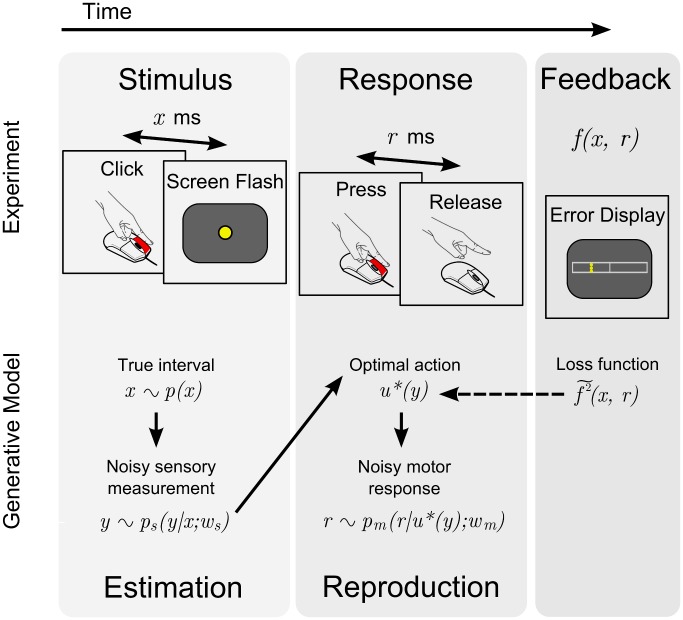Figure 2. Time interval reproduction task and generative model.
Top: Outline of a trial. Participants clicked on a mouse button and a yellow dot was flashed  ms later at the center of the screen, with
ms later at the center of the screen, with  drawn from a block-dependent distribution (estimation phase). The subject then pressed the mouse button for a matching duration of
drawn from a block-dependent distribution (estimation phase). The subject then pressed the mouse button for a matching duration of  ms (reproduction phase). Performance feedback was then displayed according to an error map
ms (reproduction phase). Performance feedback was then displayed according to an error map  . Bottom: Generative model for the time interval reproduction task. The interval
. Bottom: Generative model for the time interval reproduction task. The interval  is drawn from the probability distribution
is drawn from the probability distribution  (the objective distribution). The stimulus induces in the observer the noisy sensory measurement
(the objective distribution). The stimulus induces in the observer the noisy sensory measurement  with conditional probability density
with conditional probability density  (the sensory likelihood), with
(the sensory likelihood), with  a sensory variability parameter. The action
a sensory variability parameter. The action  subsequently taken by the ideal observer is assumed to be the ‘optimal’ action
subsequently taken by the ideal observer is assumed to be the ‘optimal’ action  that minimizes the subjectively expected loss (Eq. 1);
that minimizes the subjectively expected loss (Eq. 1);  is therefore a deterministic function of
is therefore a deterministic function of  ,
,  . The subjectively expected loss depends on terms such as the prior
. The subjectively expected loss depends on terms such as the prior  and the loss function (squared subjective error map
and the loss function (squared subjective error map  ), which do not necessarily match their objective counterparts. The chosen action is then corrupted by motor noise, producing the observed response
), which do not necessarily match their objective counterparts. The chosen action is then corrupted by motor noise, producing the observed response  with conditional probability density
with conditional probability density  (the motor likelihood), where
(the motor likelihood), where  is a motor variability parameter.
is a motor variability parameter.

